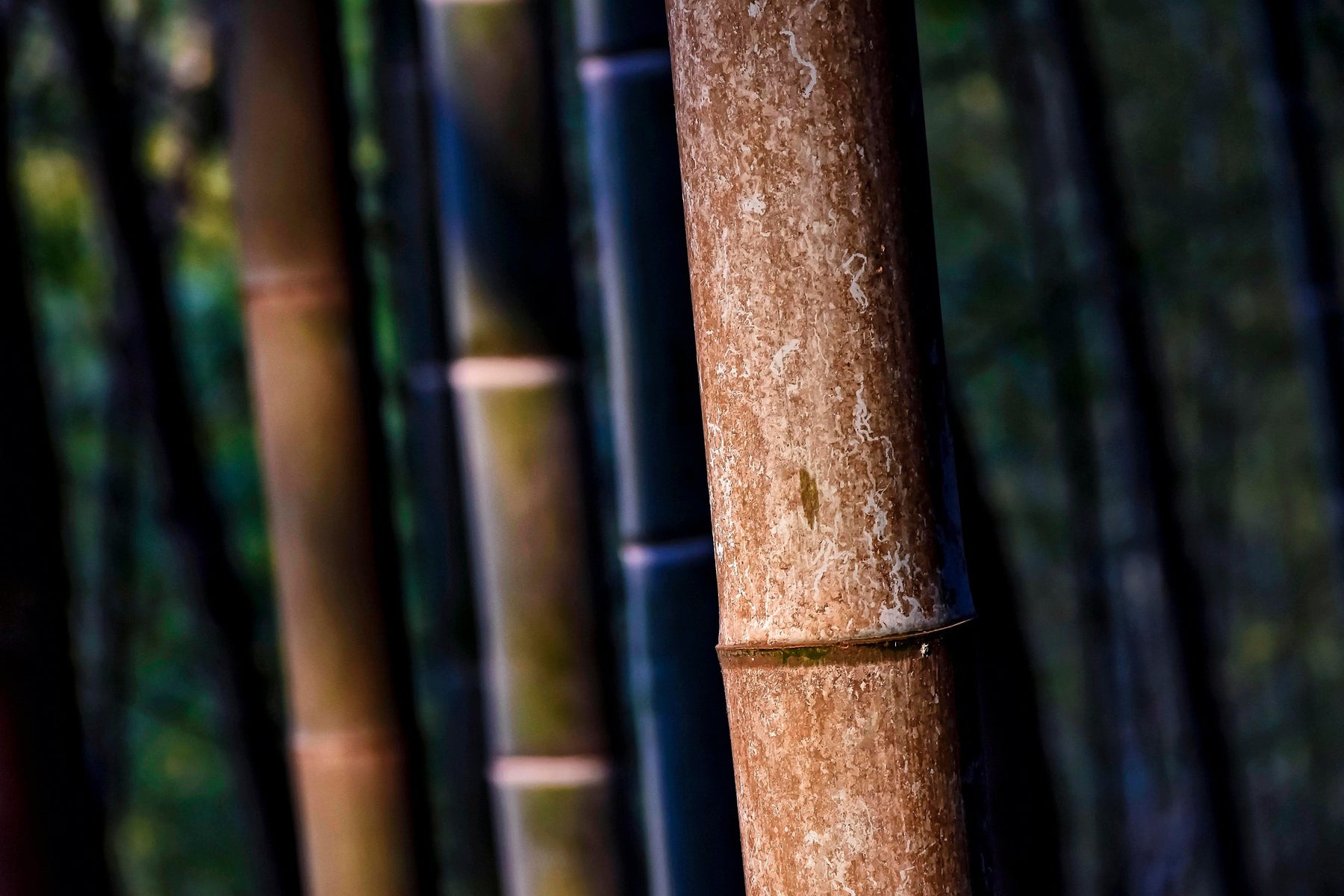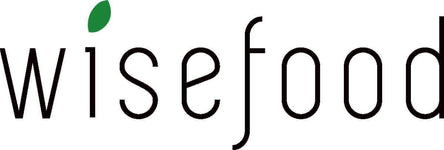Support:
+49 (0) 89 24418362

Interesting facts about sugar cane
Interesting facts about sugar cane
Learn more about the benefits and uses of sugar cane, as well as how to grow it and how sugar cane is made, below. We also present sustainable single-use products made from sugar cane .Basics: What is sugar cane anyway?
Sugar cane - scientifically named Saccharum officinarum - is a plant of the sweet grass family, or Poaceae. It is a monocotyledonous plant that shows the grassy appearance typical of Paeceae. The stalks of sugar cane reach a diameter of up to 45 millimeters and a height of between three and six metres. The flowers are panicle-shaped and have a diameter of 40 to 60 centimeters.As Poaceare the plant. assigned to the subfamily Panicoideae, which also includes corn, for example. The plant serves as the most important starting material for the production of household sugar. Recently, it has also been increasingly used for the production of bioethanol.
Where does sugar cane come from and how is it grown?
Sugar cane comes from East Asia, but today it is no longer only grown at its place of origin, but in all climatically suitable regions - especially the tropics and subtropics. The top 3 main growing countries in 2019 were Brazil, India and Thailand. To thrive, the plant needs temperatures of 25 to 30 degrees Celsius. At lower temperatures, sugar cane grows more slowly, if the temperature drops below 15 degrees, it stops growing. The plant needs a lot of water, but should not stand in it, otherwise it will rot. Hilly cultivation areas are therefore particularly well suited.Sugar cane grows from cuttings. These are obtained from the lower part of the stems of the mature plant. Depending on the local conditions, the stalks are brought into the ground with machines or manually. Since the plant is very large, the row spacing is 1.2 to 1.5 meters. One to two weeks after planting, the cuttings will root and put out tubes on the buds.
The time of the first sugar cane harvest depends on the degree of ripeness and sugar content. Because sugar cane is grown in so many corners of the world, the harvest occurs at very different times. It can take nine to 24 months before the pipes are cut for the first time. To do this, cut off the stalks just above the ground and remove the sugarless leaves at the top. This harvesting step is carried out with special harvesting machines or by hand. After the harvest, the pruned stumps sprout again and can be harvested again after 12 months. A sugar cane plant is usually no more than 20 years old and can be harvested up to eight times. There are also differences here: while the service life in India is two cuts, in Brazil it is five cuts.
Sugar cane only thrives at certain temperatures. Nevertheless, the tropical plant can also be grown in the Central European climate. In Germany, however, cultivation should take place in a bucket due to the comparatively low temperatures. Depending on the outside temperature, you can place the plant on the balcony, the terrace or in your own four walls. It should be noted that the sugar cane should be brought into a warm place in good time before the first frost. Because at temperatures below five degrees Celsius, the plant dies. The planting season begins in mid to late May.
How is sugar cane made?
Around 70 percent of the sugar produced worldwide comes from sugar cane. The cane of the plants contains the disaccharide sucrose, which normally makes up between 10 and 20 percent of the pulp. In good weather, however, the sucrose content can also be higher. Sugar juice is obtained from the canes by pressing, the by-product is the so-called bagasse. This is the ground up, fibrous residue from the pipes. The sugar juice is then processed into cane sugar through crystallization and refining.Sugar cane processing: what is sugar cane used for and what products are made from it?
Sugar cane is mainly used for sugar production. In addition to producing this staple food, the sugar cane juice is used to make beverages. Freshly pressed and chilled, it can even be enjoyed on its own. In addition, some spirits can be distilled from the juice, for example the sugar cane liquor Cachaça, which comes from Brazil. Rum is made from sugar cane molasses, a residual syrup containing sugar that remains when sugar is extracted.You can also use the whole plant or certain parts of it. If sugar cane is chopped up, it serves as important fodder for ruminants such as sheep, cows and goats.
Policosanol, a wax contained in dietary supplements and said to lower blood lipid levels, is also obtained from sugar cane. The sugar cane fibers contained in the leaves of the plant serve as an alternative to wood fibers and are therefore suitable for the production of paper or pulp, which is found in egg cartons, for example.
Sugar cane is playing an increasingly important economic role. for the production of bioethanol as a fuel. To do this, the sugar contained in the sugar cane juice or bagasse is fermented and converted into alcohol. Almost pure alcohol is obtained from it by distillation. This product can be used in some internal combustion engines, so-called flexible fuel vehicles. In this way, Brazil produces around 16 billion liters of ethanol every year, most of which is used as fuel for cars and airplanes.
The bagasse can also be used. Bagasse is only partially a by-product of sugar cane production. While part of it is actually simply burned, it also serves as a natural fertilizer. On the sugar cane fields, it provides the soil with important nutrients.
About 30 percent of the bagasse, often referred to as a "waste product", is used in sugar production as fuel to generate heat and electricity. The remaining 70 percent is used as a raw material in various areas around the world. For example, bagasse is used as fuel (briquettes) in private households and as a material for fiberboard in furniture production. Because of its high cellulose content, it is also used as a starting material for the manufacture of paper, cardboard and packaging. Other areas of application are the automotive sector and the chemical industry. In addition, the raw material is used to generate energy. The island of Mauritius generates 30 percent of its electricity by burning bagasse.
What sustainable single-use products are made from sugar cane?
Bagasse has gained popularity as a plastic alternative in recent years. In some areas, it is used to make single-use products that replace plastic products. In contrast to plastic and plastic substitutes such as polylactides (PLA), bagasse is completely biodegradable. During its decomposition process, bagasse even releases nutrients that can be used as a valuable compost product. Tableware made from sugar cane bagasse is 100 percent compostable according to DIN EN 13432 .Bagasse has valuable properties, for example it is water and grease resistant and also heat and cold resistant. Since the material's consistency is more like cardboard or styrofoam than plastic, it has so far mainly been used to make disposable products. For example, it is less suitable than bamboo for making cutlery. Bagasse mixed with a little water can be used to make sustainable packaging and boxes for take-away dishes or disposable tableware, such as cups and plates.
And this is how the disposable products are made from bagasse:
1. The cane fibers left over from sugar production are stored wet. In this way you get rid of the short pulp fibers and the sugar, which would hinder further processing.
2. Now the bagasse is mixed with water until it turns into a mushy mass. Natural binders and biodegradable bleaching agents are also added.
3. The pulpy mixture is then poured into the desired shape. Due to high temperatures and an increase in pressure, the mass is firmly compressed.
4. That's it, the cane plates, bowls and bowls are done!
In the meantime, the variety of disposable sugar cane products is huge. For private households, they represent a sustainable, environmentally friendly alternative to conventional packaging materials. They are also suitable as to-go packaging for use in restaurants, catering, delivery services or food trucks. Of course, all products offered are absolutely food safe.
Advantages of the sugar cane packaging:
suitable
FAQ
Can tableware made from sugar cane be used more than once?
For commercial use, sugar cane crockery is intended for one-time use only. Since it is a very high-quality, stable material, it is adequately protected against soaking or fat. Nevertheless, the best possible quality is only given when used once. In the private sector, the products can be carefully rinsed off and used again if necessary.Is there a maximum storage time for single-use sugarcane products?
No. Disposable products made from sugar cane can be stored without any problems, they do not have an expiry date. The only condition is that the products are stored in a dark and dry place.
Are single-use sugarcane products used in the production of crops that would otherwise be used to make food?
No. Only by-products from sugar production are used to manufacture sugar cane tableware. Bagasse is the fibrous residue from sugar production that is not suitable for eating or food production.
Are disposable sugarcane products really fully compostable?
Yes that's right. Those who compost disposable tableware made from sugar cane will find that it rots and becomes new soil within a few weeks.
How do you dispose of single-use products made from sugar cane or bagasse?
In order for products made from bagasse to be properly composted, they should be disposed of with organic waste. On the other hand, if you put it in the residual waste, it will be incinerated with the other waste. The products should also not simply be disposed of in the environment. Although the material is biodegradable, it requires a certain temperature and humidity to do so. In Germany, these conditions only prevail in industrial composting plants.
Sources
https://www.biologie-seite.de/Biologie/Zuckerrohr#:~:text=%20Zuckerrohr%20%201%20Description.%20Sugar cane%20is%20one,cultivated%20and%20provides%20at least%20about%2070.. .%20More%20
https://www.paket.de/lexikon/biologie/zuckerrohr/71995
https://www.bestsgardens.com/1426-information-about-sugarcane.html
https://www.hausgarten.net/plants/tropical-plants/sugar-cane-cultivate-sugar-cane molasses.html
https://dewiki.de/Lexikon/Zuckerrohr#Hauptproducers
https://www.plastikalternative.de/was-ist-bagasse/
-
Product title
Original priceOriginal price 19,99 €19,99 €16,80 €Current price 19,99 € -
Product title
Original priceOriginal price 19,99 €19,99 €16,80 €Current price 19,99 € -
Product title
Original priceOriginal price 19,99 €19,99 €16,80 €Current price 19,99 € -
Product title
Original priceOriginal price 19,99 €19,99 €16,80 €Current price 19,99 € -
Product title
Original priceOriginal price 19,99 €19,99 €16,80 €Current price 19,99 €





